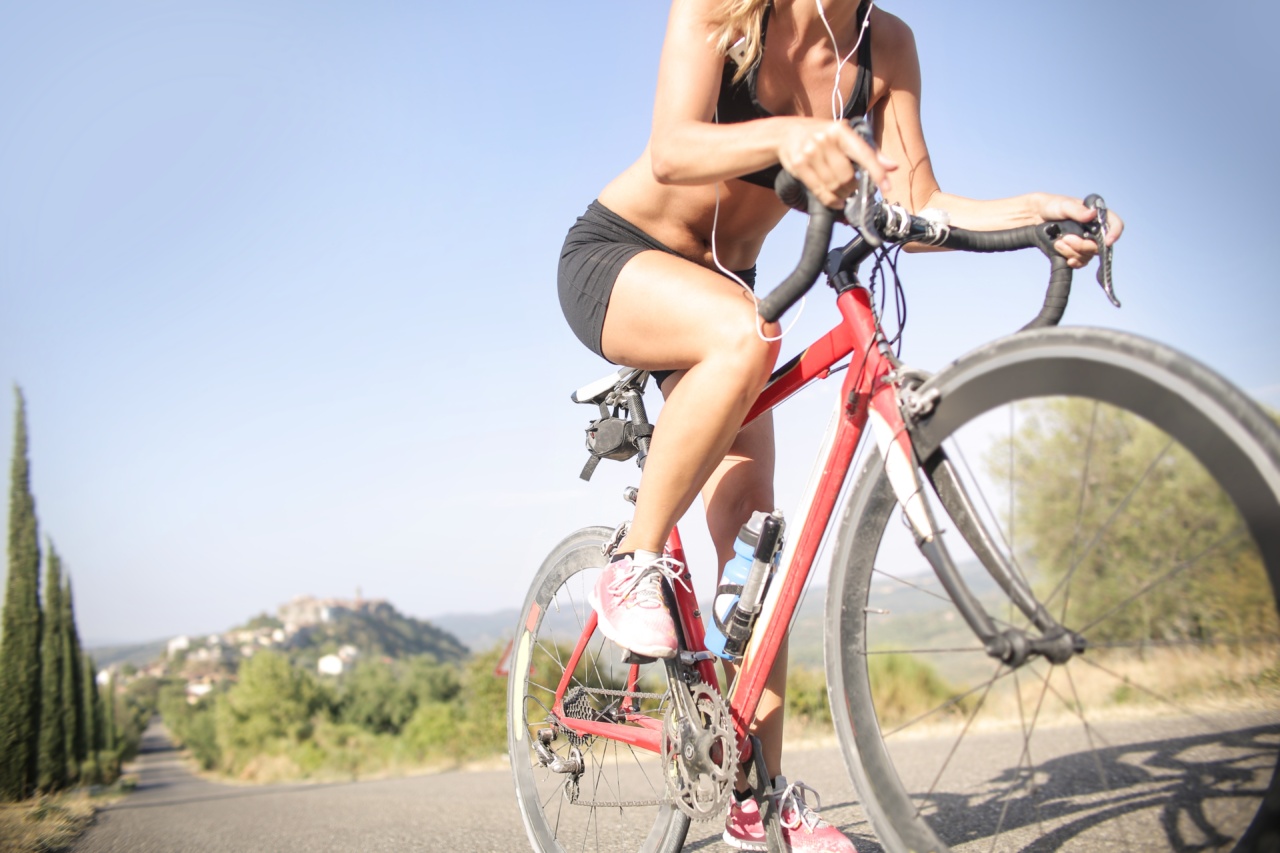Biking is one of the healthiest activities you can do for your body. It benefits your muscles, heart, and overall well-being. However, long bike rides can be tough on your lungs.
Air pollution, pollen, and other irritants can make you cough, wheeze, and struggle to breathe. But don’t worry! Here are some techniques to keep your lungs healthy on bike rides:.
Tip #1 – Breathe Through Your Nose
When you bike, try to breathe through your nose rather than your mouth. The hairs and mucus inside your nose filter out pollutants and debris from the air, while the sinuses warmed and moisturized the air before it reaches your lungs.
Mouth-breathing bypasses these natural filtering mechanisms. If you have trouble getting enough air through your nose, you may need to adjust the intensity of your workout or seek medical advice.
Tip #2 – Wear a Mask
If you bike in polluted or smoggy areas, consider wearing a mask. A mask can reduce the amount of pollutants that enter your lungs, especially if it has a filter or a layer of activated charcoal.
Masks with valves allow you to exhale more comfortably, while those with ear loops or over-the-head straps provide a secure fit. Make sure to choose a mask that is breathable, washable, and fits well.
Tip #3 – Check the Air Quality Index (AQI)
Before you go biking, check the Air Quality Index (AQI) for your area. The AQI measures how polluted the air is and how it can affect your health.
If the AQI is high, you may want to postpone your ride or choose a route that has less traffic or industrial activity. Avoid biking near busy roads, construction sites, or other sources of pollution. If you have asthma or other respiratory conditions, you should be especially cautious when the AQI is high.
Tip #4 – Take Breaks in Clean Areas
If you’re biking for a long time, plan to take breaks in clean areas. Parks, woods, and other green spaces tend to have less pollution than urban or industrial areas.
Taking a break in a clean area can help your lungs recover, reduce your exposure to pollutants, and boost your mood. You can also take deep breaths while you rest to expand your lung capacity. Remember to bring plenty of water, snacks, and sunscreen with you.
Tip #5 – Warm Up and Cool Down
Before and after your bike ride, warm up and cool down properly. Gradually increase your heart rate and breathing rate, and stretch your muscles to prepare them for the workout.
This will also help your lungs adjust to the increased oxygen demand and prevent cramps, sprains, or strains. After your ride, slow down gradually, stretch again, and relax your breathing to slowly bring your heart rate back to its resting rate.
Tip #6 – Maintain Good Posture
Maintain good posture while you bike. Poor posture can restrict your lung capacity and cause discomfort or pain. Keep your chest open, your shoulders relaxed, and your back straight. This will allow your lungs to expand fully and breathe deeply.
If you need to bend forward, such as when going uphill, make sure to do it from your hips rather than your back. This will reduce the strain on your respiratory and cardiovascular systems.
Tip #7 – Stay Hydrated
Drink enough water before, during, and after your bike ride to keep your respiratory system hydrated. Dehydration can cause dryness and irritation in your mouth, throat, and lungs, and make it harder to breathe.
Carry a water bottle with you and take sips frequently. You can also drink sports drinks that contain electrolytes to replenish your body’s fluids and salts.
Tip #8 – Avoid Smoking and Secondhand Smoke
Avoid smoking and secondhand smoke. Smoking is one of the leading causes of lung cancer and other respiratory diseases. It can also reduce your lung capacity, endurance, and immunity.
Even breathing in someone else’s smoke can be harmful to your lungs and heart. If you smoke, quit as soon as possible. If you’re exposed to secondhand smoke, avoid the sources or ask the smoker to move away from you.
Tip #9 – Train Your Lungs
You can also train your lungs to be more efficient and resilient. Here are some exercises that can help:.
- Diaphragmatic breathing: Lie on your back with your knees bent, and put one hand on your chest and the other on your belly. Breathe in deeply through your nose, and feel your belly rise as your diaphragm expands. Breathe out slowly through your mouth, and feel your belly fall as your diaphragm contracts. Repeat for several cycles.
- Lung capacity exercises: Inhale deeply and hold your breath for a few seconds, then exhale slowly. Repeat several times, and gradually increase the duration of each hold and exhale.
- Aerobic exercises: Do activities that increase your heart rate and breathing rate, such as running, swimming, or dancing. This will improve your cardiovascular and respiratory fitness, and increase your lung capacity and endurance.
- Yoga or Tai Chi: These practices combine breathing, meditation, and movements that can improve your lung function, reduce stress, and enhance your mind-body connection.
Tip #10 – Listen to Your Body
Finally, listen to your body while you bike. Pay attention to any signs of discomfort, such as chest pain, shortness of breath, dizziness, or fatigue.
These may indicate that you’re pushing yourself too hard, or that you have an underlying health condition that needs to be addressed. Don’t ignore these signs, and seek medical advice if they persist or worsen.



























